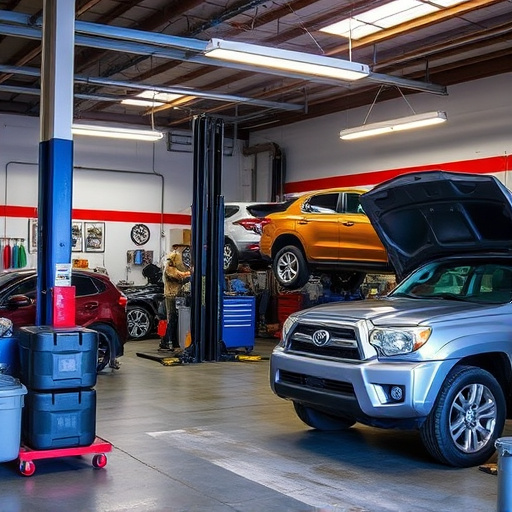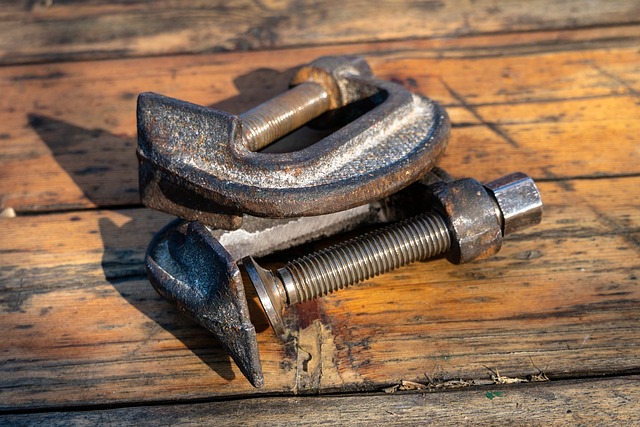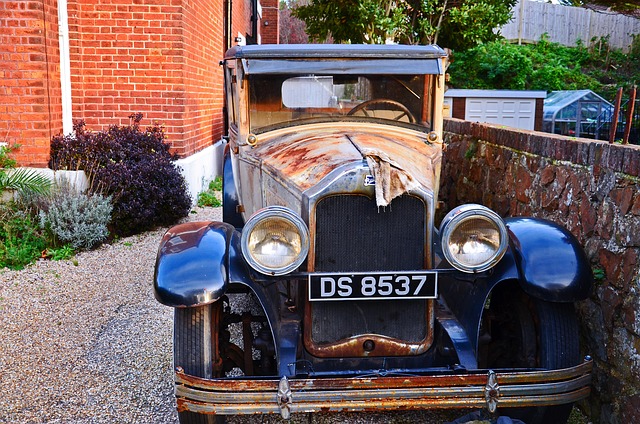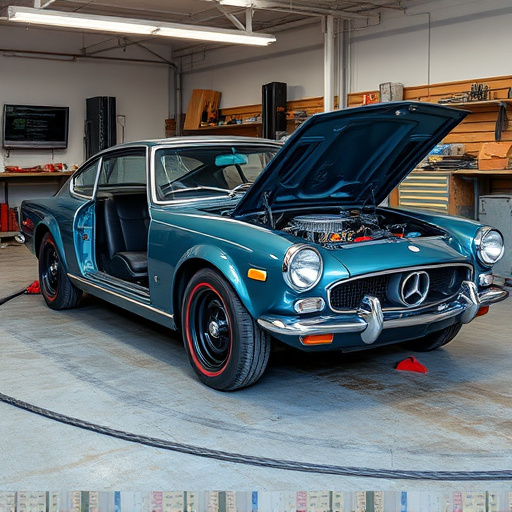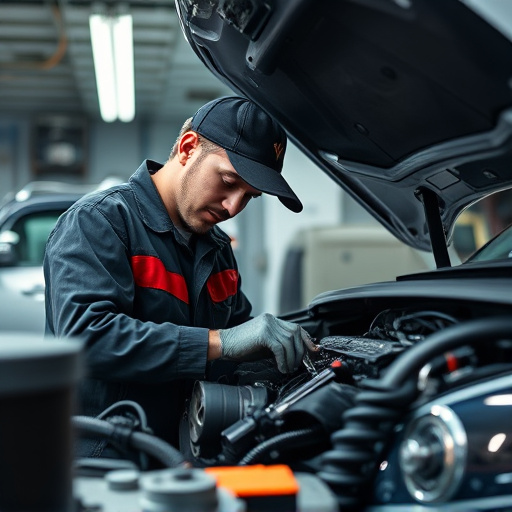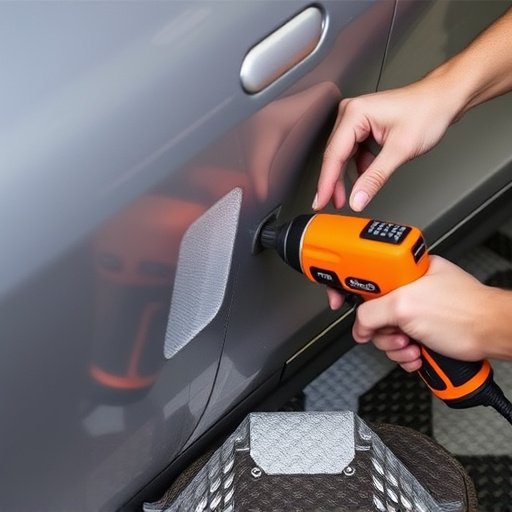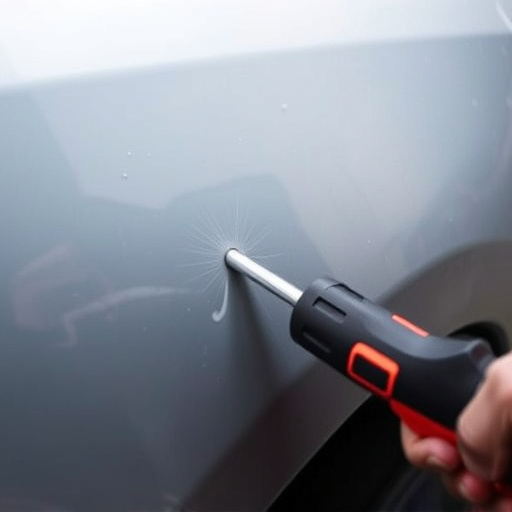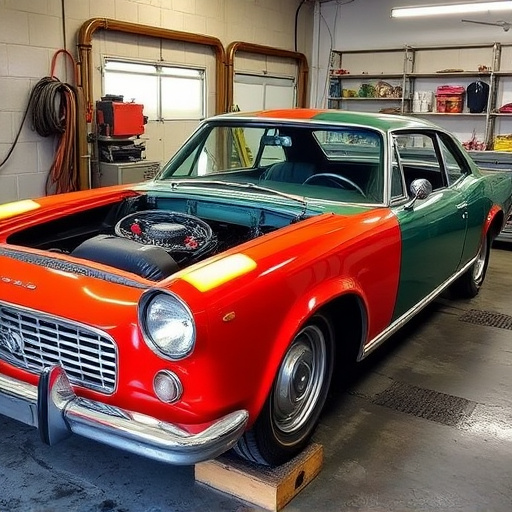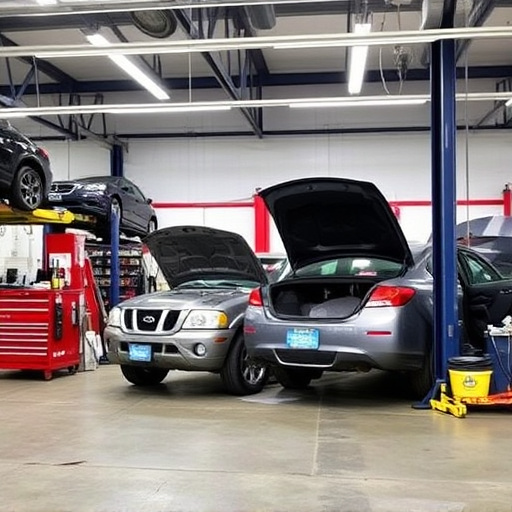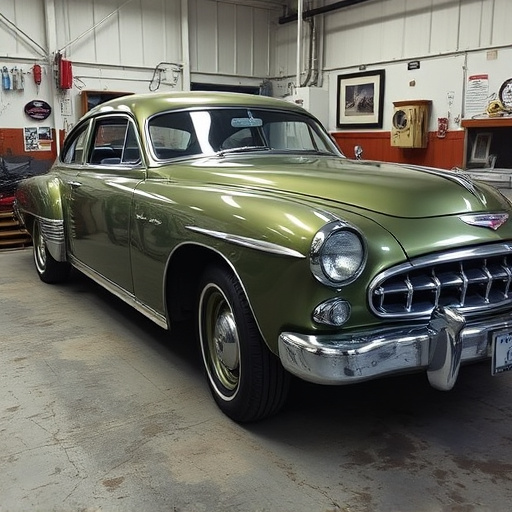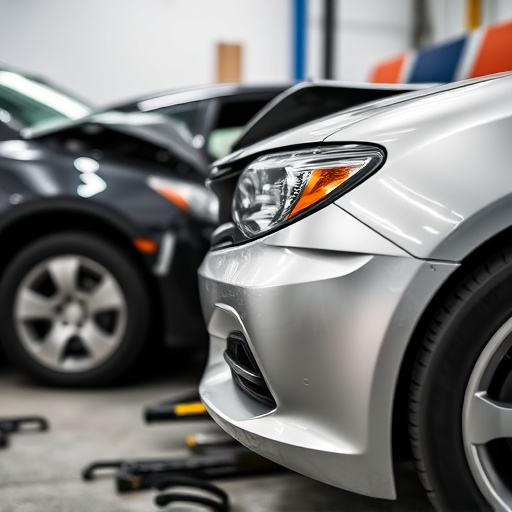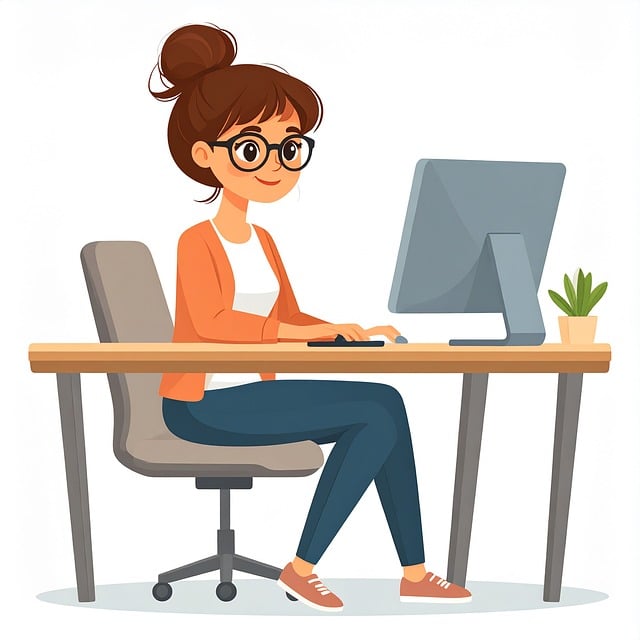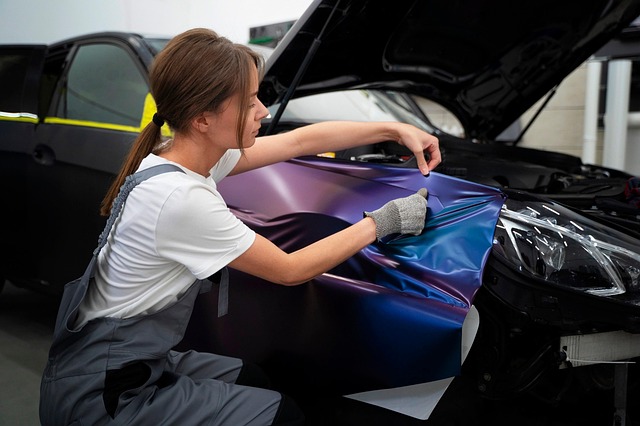Auto restorers use advanced tools like computer-aided color analysis and paintless dent repair to achieve perfect original paint matching, ensuring structural integrity and aesthetic appeal. This involves meticulous surface preparation, high-quality OEM paints, and digital software for precise color replication, resulting in flawless finishes that maintain vehicle authenticity.
In auto restoration, achieving a seamless and authentic finish requires meticulous attention to detail. One critical aspect often overlooked is original paint matching. This intricate process ensures that the restored vehicle not only looks good but also accurately replicates its original aesthetic. By understanding the science behind color analysis and matching, restorers can master this craft, providing durable, accurate original paint matching that enhances the car’s overall value and beauty.
- Understanding the Importance of Paint Matching
- The Science Behind Color Analysis and Matching
- Best Practices for Achieving Accurate Original Paint Matching
Understanding the Importance of Paint Matching
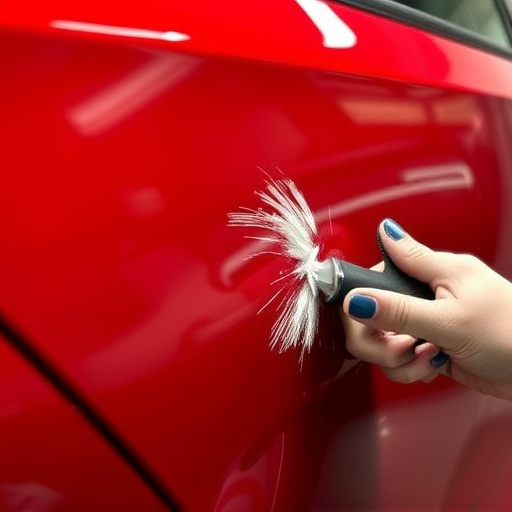
In the intricate process of auto restoration, achieving precise original paint matching is paramount to preserving the vehicle’s authenticity and aesthetic appeal. It goes beyond mere aesthetics; accurate paint matching ensures structural integrity and protects the car from future damage. When a vehicle undergoes collision or significant repair, the existing paintwork can be compromised, leading to visible discrepancies if not addressed properly.
Expert auto restorers understand that original paint matching involves more than just mixing colors. It requires an in-depth knowledge of the automotive industry, including an understanding of different paint types, application techniques, and environmental factors that influence color fading or changes over time. By utilizing advanced tools and techniques like computer-aided color analysis and paintless dent repair methods, restorers can achieve flawless results, ensuring the restored vehicle looks as if it just rolled off the assembly line—a testament to their skill and commitment to customer satisfaction in auto repair services.
The Science Behind Color Analysis and Matching
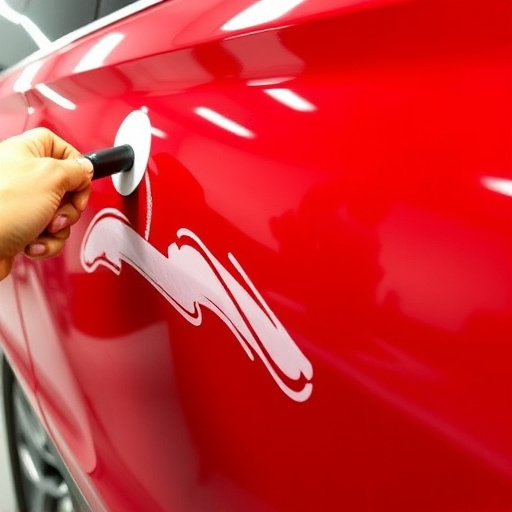
The science behind color analysis and matching in auto restoration is a meticulous process that involves advanced technology and an artistic eye. It starts with carefully examining the car’s surface to identify the exact shade and tone of the original paint. This involves using specialized tools, such as color scanners and spectrophotometers, which measure light absorption and reflectance to pinpoint the specific pigment mix used in the original paint job. These instruments capture data that can’t be perceived by the human eye alone, ensuring precise matching.
Once the data is collected, it’s fed into digital software that mimics the chemical reactions of pigments, allowing restorers to simulate different conditions – from weather exposure to wear and tear. This virtual testing grounds enable them to predict how the paint will interact under various circumstances, making adjustments as needed. The ultimate goal is to achieve seamless integration between old and new, repairing hail damage or car dents while preserving the vehicle’s original aesthetic – a testament to the advanced capabilities of modern auto repair shops in achieving original paint matching.
Best Practices for Achieving Accurate Original Paint Matching
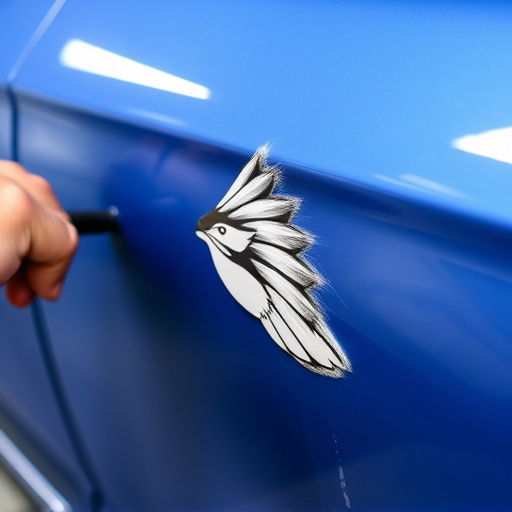
Achieving accurate original paint matching is a delicate art in auto restoration. The best practices start with meticulous preparation of the damaged surface. This includes thoroughly cleaning and degreasing the area, ensuring no residue or contaminants remain. Sanding the surface slightly can help create a rough texture that allows for better paint adhesion.
Next, selecting the right paint products is crucial. Reputable auto body shops use high-quality original equipment manufacturer (OEM) paints designed specifically for car repair and fender repair. Matching the exact color code ensures precision. Using advanced color matching technology, these paints can replicate the original finish’s shade, sheen, and even age. Proper mixing techniques and precise application are also vital to obtaining an accurate original paint matching result.
In auto restoration, achieving precise original paint matching is paramount to preserving a vehicle’s historical integrity. By understanding the science behind color analysis and adopting best practices, restorers can accurately replicate the vehicle’s original aesthetic. This meticulous approach ensures that every panel not only matches in hue but also in texture and finish, creating a seamless, authentic restoration that stands the test of time.
